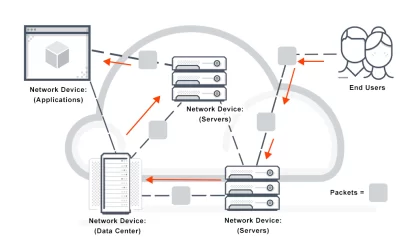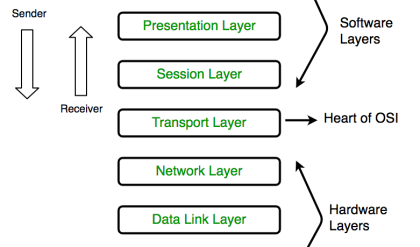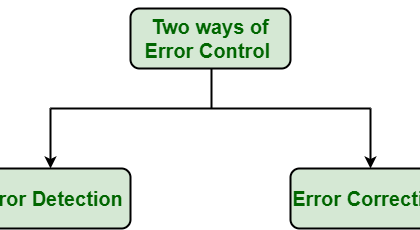Microwave ICs are the best alternative to conventional waveguide or coaxial circuits, as they are low in weight, small in size, highly reliable and reproducible. The basic materials used for monolithic microwave integrated circuits are −
- Substrate material
- Conductor material
- Dielectric films
- Resistive films
These are so chosen to have ideal characteristics and high efficiency. The substrate on which circuit elements are fabricated is important as the dielectric constant of the material should be high with low dissipation factor, along with other ideal characteristics. The substrate materials used are GaAs, Ferrite/garnet, Aluminum, beryllium, glass and rutile.
The conductor material is so chosen to have high conductivity, low temperature coefficient of resistance, good adhesion to substrate and etching, etc. Aluminum, copper, gold, and silver are mainly used as conductor materials. The dielectric materials and resistive materials are so chosen to have low loss and good stability.
Fabrication Technology
In hybrid integrated circuits, the semiconductor devices and passive circuit elements are formed on a dielectric substrate. The passive circuits are either distributed or lumped elements, or a combination of both.
Hybrid integrated circuits are of two types.
- Hybrid IC
- Miniature Hybrid IC
In both the above processes, Hybrid IC uses the distributed circuit elements that are fabricated on IC using a single layer metallization technique, whereas Miniature hybrid IC uses multi-level elements.
Most analog circuits use meso-isolation technology to isolate active n-type areas used for FETs and diodes. Planar circuits are fabricated by implanting ions into semi-insulating substrate, and to provide isolation the areas are masked off.
“Via hole” technology is used to connect the source with source electrodes connected to the ground, in a GaAs FET, which is shown in the following figure.

There are many applications of MMICs.
- Military communication
- Radar
- ECM
- Phased array antenna systems
- Spread spectrum and TDMA systems
They are cost-effective and also used in many domestic consumer applications such as DTH, telecom and instrumentation, etc.





